This is the first switch review in a new series. We found this new 4-port 2.5GbE and 2-port SFP+ 10GbE switches on Amazon for under $69 and decided to give it a try. It feels a bit like the YuanLey YS25-0402 is trying to take over the role of the cheap Netgear switch in the 2.5GbE space. While this is far from the $20 4-port 1GbE switch, it offers 7.5x the switching capacity at around 3.5x the price. Best of all, it is fanless.
YuanLey YS25-0402 Overview
We featured this video in our September 2023 mini-round-up of fanless 2.5GbE switches that you can find here:
We have also added this switch to the Ultimate Cheap Fanless 2.5GbE Switch Buyer’s Guide where we have now listed 32 models and we already have 5 more switches tested, but not on that list. Bookmark that page to get the latest, we will like all of these reviews from that page.
YuanLey YS25-0402 Overview
On the front of the switch, one can see four 2.5GbE ports and two SFP+ ports. This is a very small footprint switch that can be Velcro mounted just about anywhere.
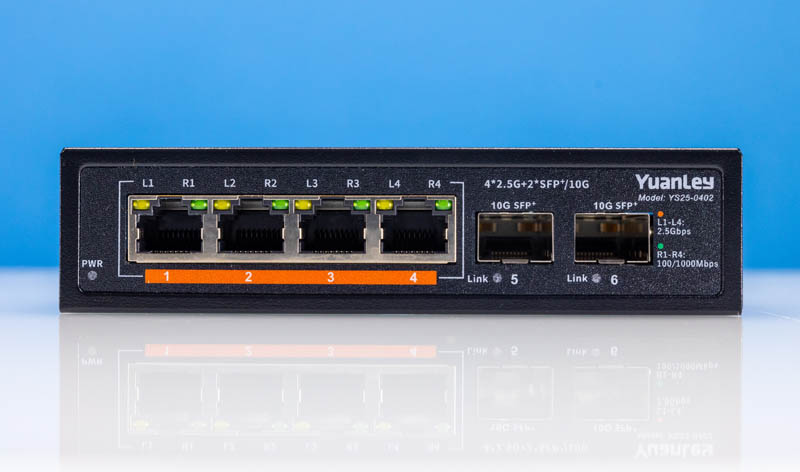
The SFP+ ports are nice to have as an uplink. While this is not a huge number of ports, a small switch is all many folks need for a small office or home. One SFP+ port for a PC, one for a NAS, and then four for other devices on the network.
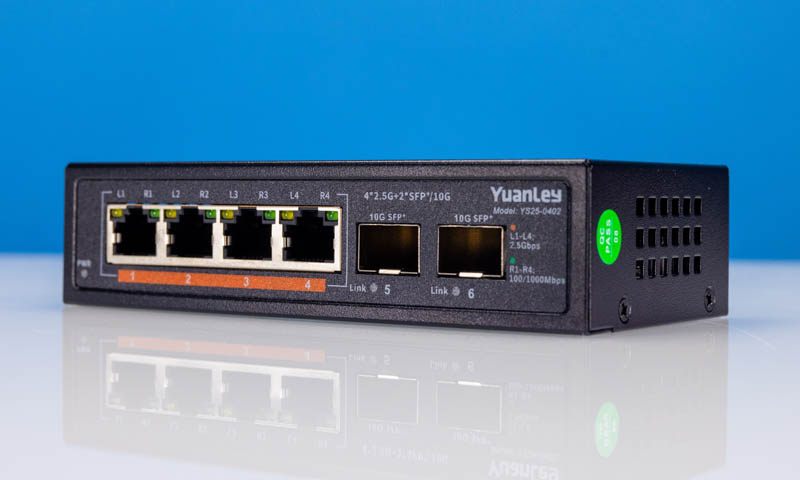
The switch itself is not much deeper than a SFP+ cage inside the switch as we can see from this side view.
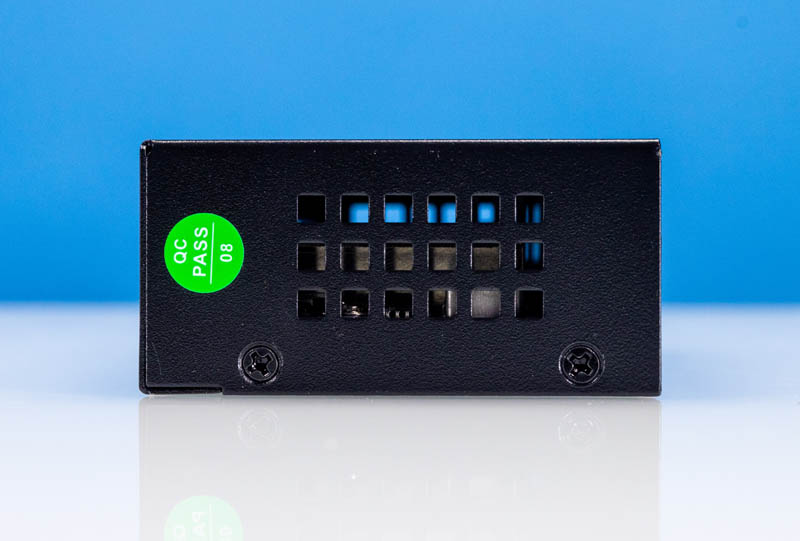
Here is the other side of the switch.
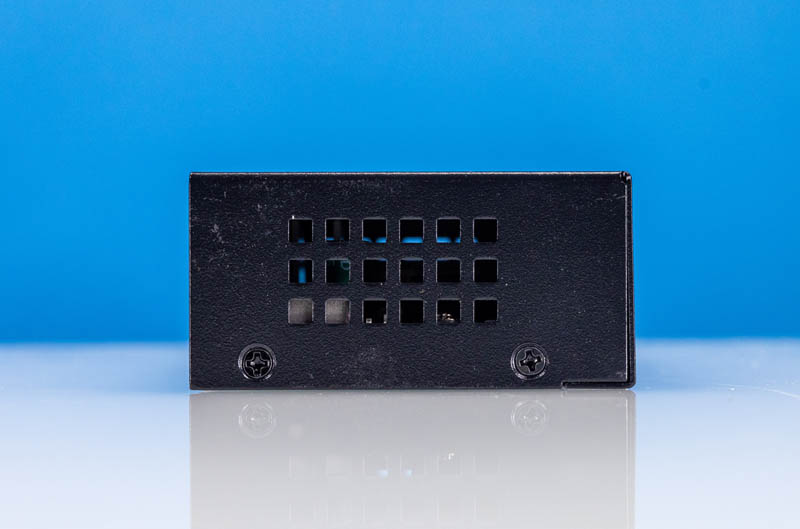
The rear has a DC power input and a grounding point.
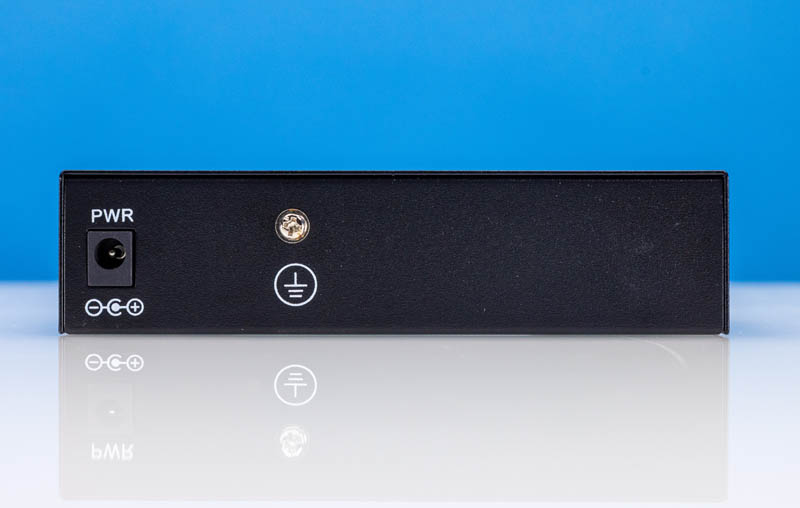
On the bottom, we get a label. We also get mounting holes so one can use two screws to mount the switch to a desk, wall, or elsewhere.
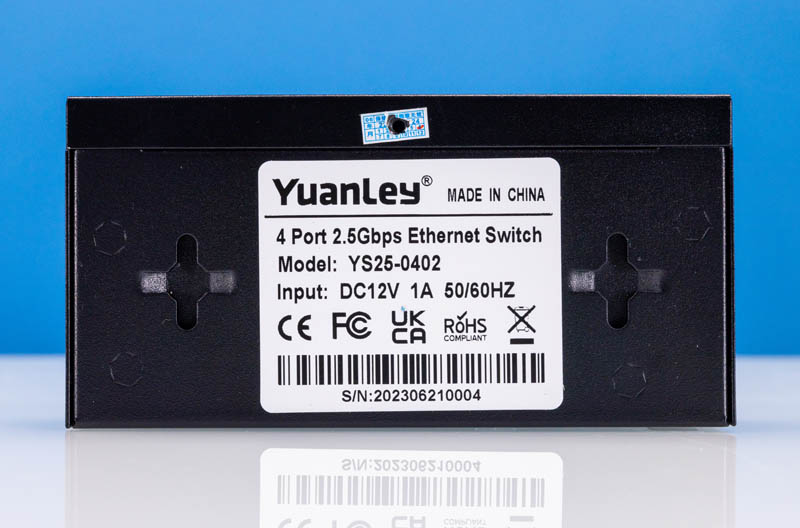
Inside the switch, we can see the ports and a relatively simple design.
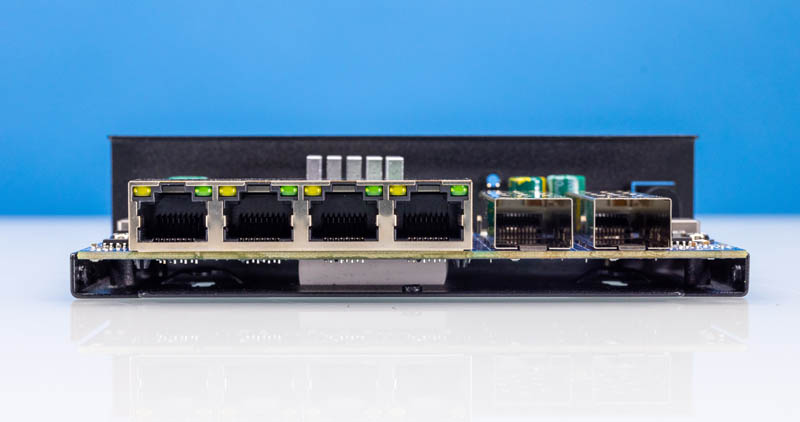
The big pad between the PCB and the chassis is exactly that. There is not a big chip or anything on the bottom side of the switch, it is just there to aid in thermal performance. Here is another angle looking from the front.
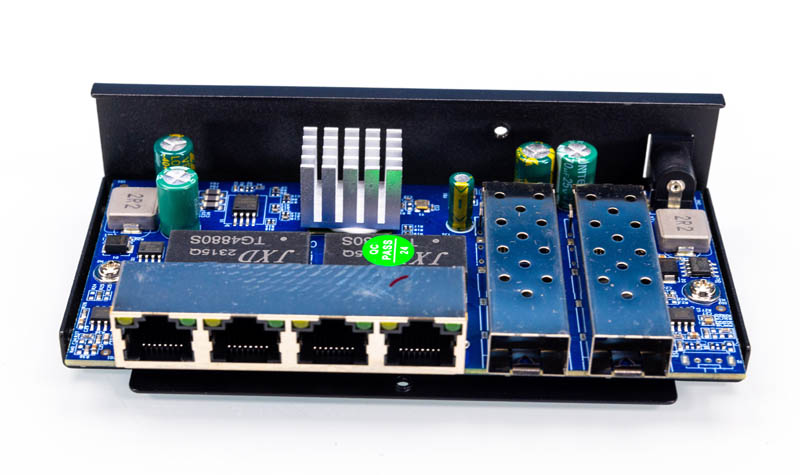
Here is the internal overview. We can see the switch chip with a glued heatsink and then a very packed switch board.
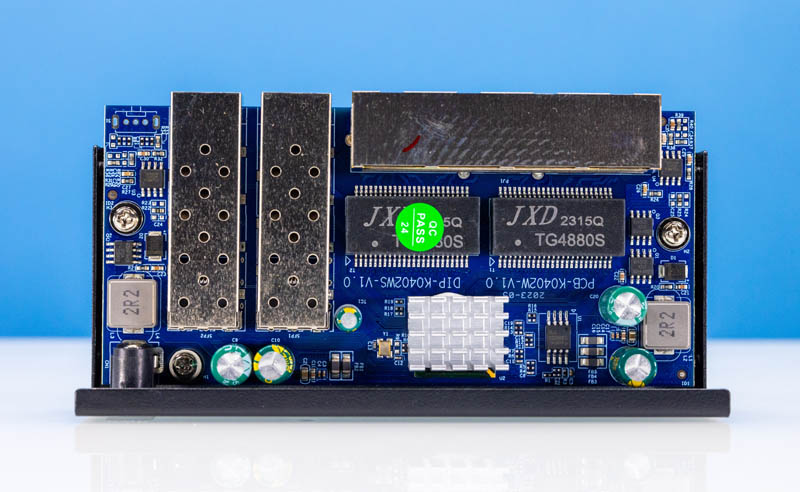
Next, let us get to performance and power consumption.

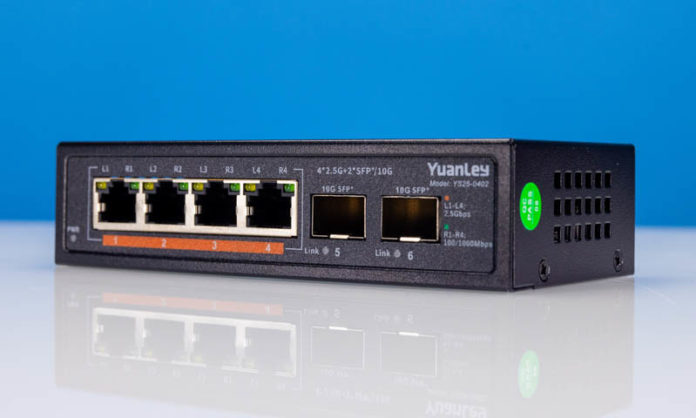



Hi
What security checks is executed to investigate the software on all these cheap Chinese switches.
Do the communicate with any external servers, have the software been checked so something don’t lay dormant?
Erlend – Unmanaged Switches don’t pick up an IP – no IP, no routing..it’d be extemely easy to monitor.
@EViL3 Don’t forget that remote management devices (DRAC, AMT/vPro, etc.) can piggyback onto the host’s IP without the host knowing about it, so it’s quite feasible that an unmanaged switch could inspect packets and if it finds public IP traffic going to and from a private IP, it could use the same mechanism to piggyback its own traffic onto that private IP to ensure it gets routed/NATed to gain Internet access. It could be quite difficult to detect because those packets would be mixed up in a host’s normal Internet traffic, and if the injected packets went to a remote endpoint hosted by a popular provider like AWS, it could very well be indistinguishable from legitimate web traffic.
Or a gigantic dormant botnet.
And it’s not hard to capture traffic even if it says on paper that they are unmanned and don’t support routing.
Sigh… The website lost a much longer reply I was just about to send, but basically:
1. This switch is nowhere near powerful enough to do high speed packet filtering to pick out interesting traffic.
2. Forwarding everything would sature most people’s internet connection, or likely far exceed it (if we are talking places like the US).
3. It would have a hard time bypassing the firewall and/or NAT if it tried to generate its own traffic.
3. It would be far easier and cheaper to just build a bot that automatically compromises vulnerable IoT devices in order to build a botnet, if that’s what “they” are after.
Basically, these are just based on reference designs from Realtek as far as I can tell.
I have the 8+1 model. (8×2.5Gb + 1x10GbE) which has the same users manual as the reviewed item. I used an old Cisco/coax SFP+ to hook it up to a 10GbE switch. No issues. Amazon has these for less than a $100 with a 30 day no questions return policy, so go ahead and roll the dice.
60Gbps backplane, so I wouldn’t go looking for massive forwarding rates. It fits a niche very cheaply. IPS isn’t picking up anything. No outbound sessions hiding as something else.
I got this from Amazon in less than 24 hours, so YuanLey’s distributor is clearly stocking it up in the warehouses.
Honestly I am tired of the stupid prices being pushed with 10G ports. You know 10G is getting cheap when VMWare drops support for any brand made in the past 8 years. They knew the wave was coming and ran.
Here is another RTL8372 based switch 2x10g+4×2.5g:
Link on AliExpress
<50$
The ETL (Electrical Testing Laboratories) mark from Intertek on the power adapter is considered equivalent to the UL listing in many jurisdictions (or CSA here in Canada). The C and US on the left and right sides of the marking means that the device is certified to both Canadian and US standards. (Interestingly, ETL traces its history back to Edison!)